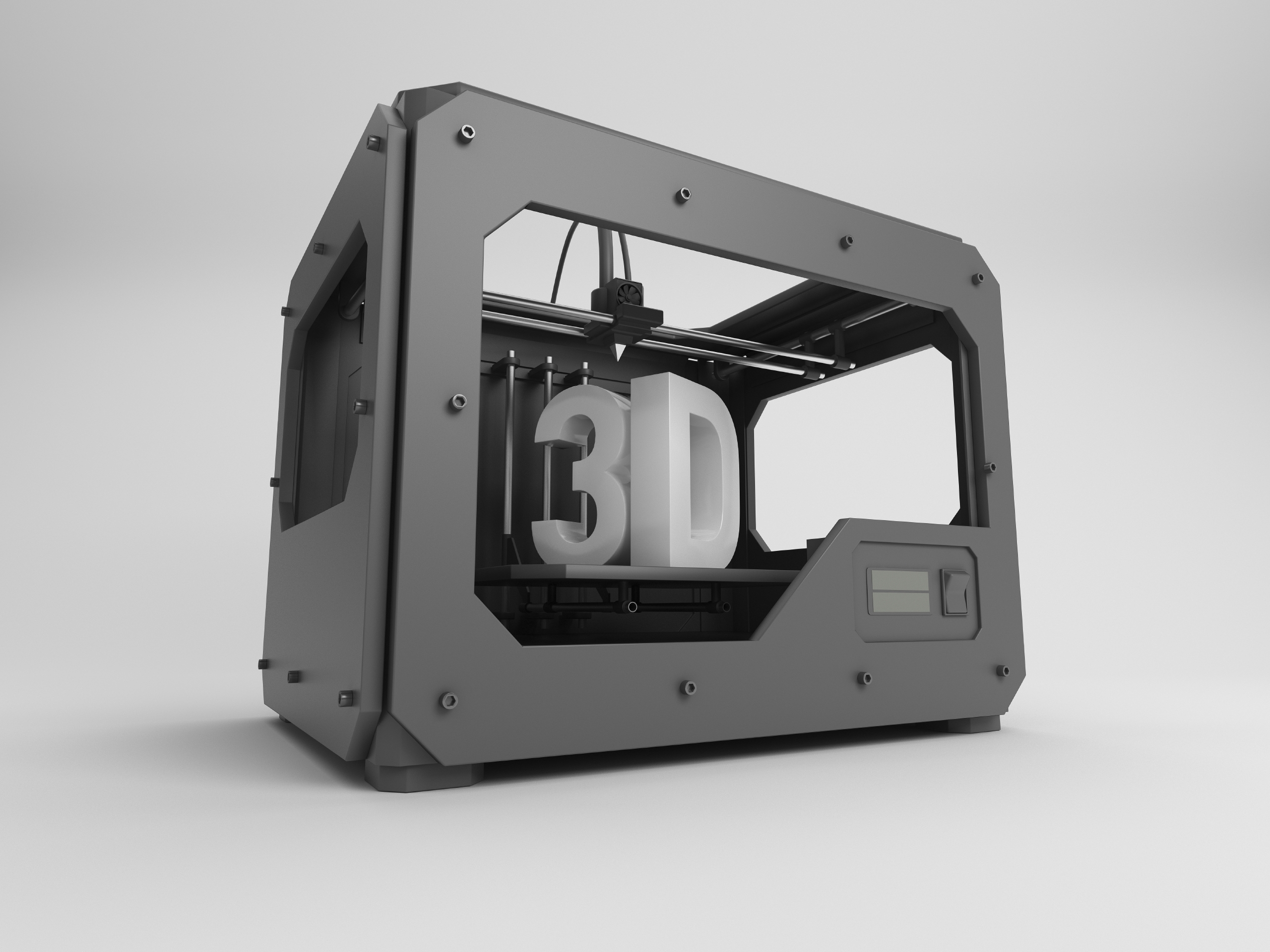3D printing, the new disruptive technology

Madrid is going to host the first European congress on 3D printing, one of the most disruptive technologies to date. To be held on the 19th and 20th of November 2014 at Pabellón de Cristal of the Casa de Campo Fairgrounds, it will bring together researchers and professionals from a broad diversity of participating sectors. To date, the medical, automotive, aeronautical and space industries have used this technology the most, but it has also been integrated already across other fields, such as architecture, consumer electronics, fashion, jewelry, art or food and beverage.
3D printing (technically known as additive manufacturing) consists of the successive layering of materials (metals, polyamides, biocompatible materials, resins, ceramics or textiles, salt, sugar or wood) until a three-dimensional object is obtained, based upon a digital model. It is used across many industries, and the investments made by governments - such as those of the United States, United Kingdom or China - for establishing technology centers to research and develop these technologies are proof of its importance and potential: the U.S. invested 40 million euros in 2013, the UK 15 million pounds in 2013 and China 30 million dollars that same year. In other words, about 100 million euros in total.
The applications of this new technology are very broad and encompass many sectors, such as: https://www.youtube.com/watch?v=y5p8kzYt8Ig
General uses
Typical applications include the visualization of designs, prototyping/CAD, architecture, education, health and entertainment. Other uses may even include the reconstruction of fossils in paleontology, the replication of antiques or pieces of special value in archeology, and the recreation of bones and body parts in forensic science and pathology.
Art
Other uses for 3D printing technologies have recently been proposed. Artists have used 3D printers in different ways. During the Design Festival in London, a display created by Murray Moss and targeting 3D printing was presented at the Victoria and Albert Museum. It was titled Industrial Revolution 2.0: How the Material World will Newly Materialise.19
Biotechnology
3D printing technology is currently being studied in the field of biotechnology for both academic and commercial purposes, for its possible use in engineering tissues, where organs and body parts are constructed using techniques similar to the ink injection process of conventional printers. Layers of living cells are deposited on a gel medium and superimposed upon each other to create three-dimensional structures. Some terms have been used to name this field of research, such as organ printing, bio-printing or computer-aided engineering of tissues, amongst others.20 http://www.ted.com/talks/anthony_atala_printing_a_human_kidney
Archeology
The use of 3D scanning techniques allows for replicating real objects without requiring molding processes, which in many cases may be very expensive and more difficult and too invasive to be carried out. In particular, this is the case with relics of high cultural value where direct contact with the mold’s substances may damage the original object’s surface.
Personal use
Different efforts have been made, sometimes interrelated, to develop adequate 3D printers for “desktop” use and to make this technology available to the public at accessible prices. Many of these actions have been aimed at and focused on DIY enthusiasts or "early adopter" communities, both connected with the worlds of academe and hacking.22. Companies like Objet Geometries, Voxeljet, Stratasys, 3D Systems, EOS GmbH, Membino GmbH are suppliers of industrial printers. Others like Ultimaker, Makerbot, Asturbot supply kits for building one's own 3D printer.
Hundreds of daily news items reveal the revolution caused by these new technologies. Just a few days ago, a 5-year old boy was “saved” in an operation, thanks to 3D technology. Jaume Mora, Director of the Children's Oncology Department at the Sant Joan de Déu Hospital, and his team have been able to remove a tumor, the removal of which was practically impossible until now, during a highly complex operation, thanks to the 3D printing technologies of Fundació CIM, the pioneering technology center of Universitat Politècnica de Catalunya – Barcelona Tech (UPC). http://www.gaceta.es/noticias/impresion-3d-salva-nino-5-anos-03072014-1513
As a last example, the Chinese company Winsun has wanted to prove that printing in layers using 3D machines may also affect the construction industry. Winsun builds homes with these printers and sells them for 4,000 euros. http://www.abc.es/tecnologia/informatica-hardware/20140428/abci-casas-china-impresoras-201404281925.html
No doubt, 3D technologies are going to revolutionize all sectors that market physical products, and this is just the beginning...
